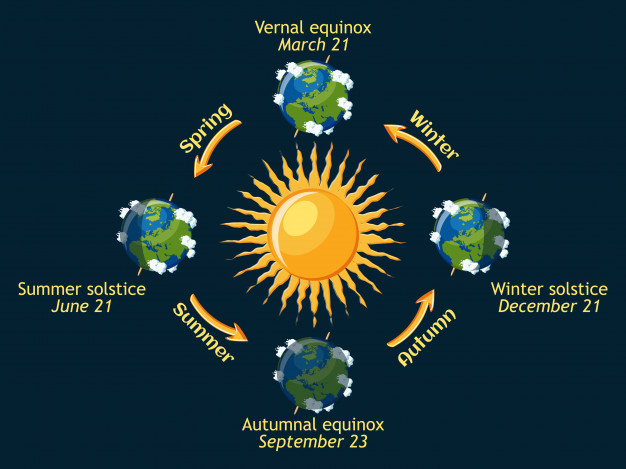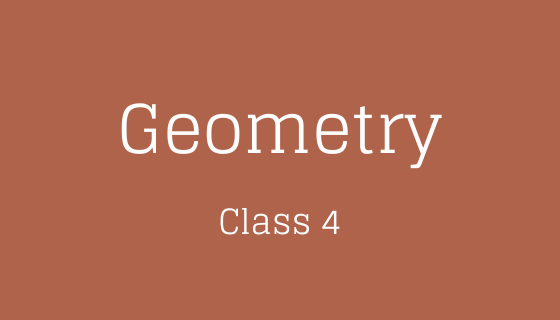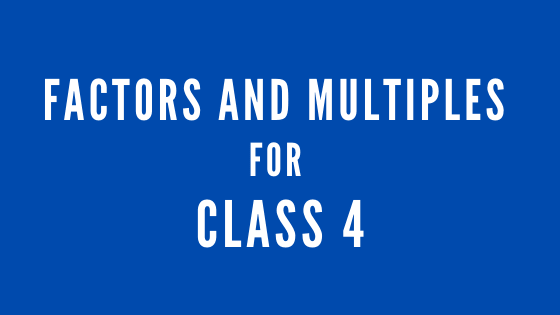Movements of the Earth for Class 4
As we all know that in our solar system all the planets including earth moves around the sun. While moving around the sun, the earth also spins about its axis. These movements causes day and night and also seasons. Rotation and Revolution are two motions of the earth.
Let's learn more about these movements of the earth in the next section.
Rotation of Earth
As already stated above the earth spins about is axis. The spinning of the earth along its axis is called rotation.
Due to rotation of the earth we experience day and night.
At any given time, one half of the earth faces the sun and the other half faces away from the sun. The part of the earth that faces the sun gets light and has day. While the other part which does not face the sun, does not gets light and has night.
The day and night are not equally long throughout the year. The earth is divided into two equal halves by an imaginary line called equator which runs through the middle of the earth.
The two equal halves are the Northern Hemisphere and the Southern Hemisphere.
The axis of the earth is tilted at an angle of 66.5 ° with its orbital plane due to which one of the hemisphere leans towards the sun and the other hemisphere leans away.
The hemisphere which leans towards the sun gets sunlight for longer time and hence has longer days. Whereas, the other hemisphere gets sunlight sunlight for lesser time and hence has longer nights.
At equator, where the Northern Hemisphere and Southern Hemisphere meet, the days and nights are always equal.
The earth completes one full rotation in its axis in 24 hours. As the earth spins from west to east, the sun appears to move from east to west in the sky. That is why we say that the sun rises in the east and sets in the west.
Do you know which planet rotate from east to west? Venus and Uranus rotate from east to west.
Also Read: Ashoka the Great for Class 4
Revolution of Earth
Revolution is the second type of motion of the earth. The earth moves around the sun along a fixed path called orbit. This movement of the earth around the sun is called revolution.
The earth takes 365 days and 6 hours to complete one revolution around the sun.
We consider a year as consisting of 365 days only and ignore 6 hours for the sake of convenience. 6 hours saved every year are likely to make one day (24 hours) over a span of four years. This surplus day is added to the month of February. Thus, every fourth year, February has 29 days instead of 28 days. This year with 366 days is called a leap year.
Summer Solstice

Solstice and Equinox
Summer solstice is the two moments during the year when the path of the Sun in the sky is farthest north in the Northern Hemisphere (June 20 or 21) or farthest south in the Southern Hemisphere (December 21 or 22).
Winter Solstice
Winter solstice is the two moments during the year when the path of the Sun in the sky is farthest south in the Northern Hemisphere (December 21 or 22) and farthest north in the Southern Hemisphere (June 20 or 21).
Equinox
On 21st March and 23rd September, direct rays of the sun fall directly on the equator. During this period, the whole earth experiences equal days and equal nights. This is called an equinox.
Seasons
Our earth experience four seasons which are summer, autumn, winter and spring.
Earth has different seasons because the axis of earth is tilted which makes one hemisphere lean towards the sun while the other hemisphere leans away.
The hemisphere that leans towards the sun has long days and gets more hours of sunlight and heat causing summer.
The hemisphere that leans away from the sun has short days and gets less sunlight and heat causing winter.
During one complete revolution around the sun, each hemisphere of the earth in turn leans towards and away from the sun bringing all the four seasons.
A. ANSWER THESE QUESTIONS.
- Why do we have day and night?
- Why sun rises in the east and sets in the west?
- Why do the seasons change?
- Why a day is added in a leap year?
- When does the Southern Hemisphere have summer and why?
- How long does the earth take to complete one rotation?
- Which place on earth has equally long days and nights throughout the year?
- What divides the earth into two hemisphere?
- Define rotation of earth?
- Define revolution of earth?
B. TRUE OR FALSE.
- The earth’s tilt causes unequal days and nights.
- It becomes hot at the poles during summer because they have continuous daylight.
- The earth rotates around its orbit.
- At most places on the earth the length of the day decreases after summer.
- It is summer in the Northern Hemisphere when it is winter in the Southern Hemisphere.
- Seasonal changes are not felt at the equator.
- Norway is called the Land of the Midnight Sun.
- The spinning of the earth about its axis is called rotation.
- The earth completes one rotation in about 365 days and 6 hours.
- The pole divides the earth into two equal hemisphere – the Northern Hemisphere and the Southern Hemisphere.
C. FILL IN THE BLANKS.
- The earth spins from __________ to ___________.
- At places near the __________ it is warm throughout the year.
- When the Southern Hemisphere leans towards the sun, it is ___________ in the Northern Hemisphere.
- The period of 365 days is called a __________ year.
- The path along which the earth moves around the sun is called its __________.
- The __________ of the earth causes day and night.
- Venus and Uranus rotate from _________ to _________.
- A leap year has ____ days.
- The ________ gets direct rays of the sun all the year round.
- The earth completes one rotation in _____ hours.
Hey Kids, if you like the above chapter - Movements of the Earth for Class 4, please share it among your friends on Facebook. Thanks.
Some more important topics of CLASS 4



